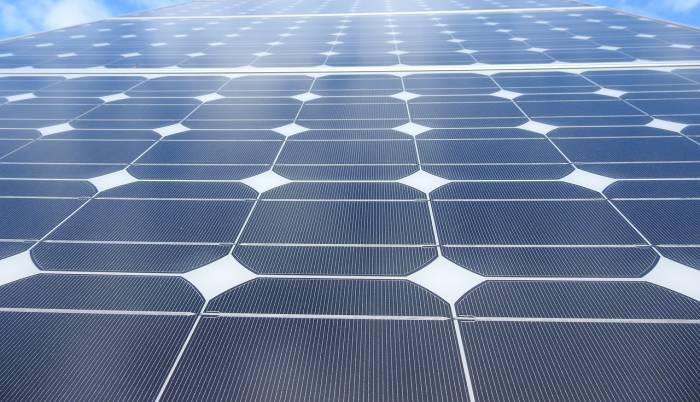
Image: 3444753
A floating solar plant will be installed at a metropolitan reservoir in Adelaide – part of a much larger solar PV rollout announced today by SA Water.
SA Water has set a goal of achieving $0 net electricity costs by 2020 and will initially invest $10 million on up to six megawatts of solar panels to be installed at some of its large metropolitan sites. Among the installations will be a 100kW floating PV system at its Happy Valley Reservoir in the city’s southern suburbs.
In addition to clean electricity generation, floating solar can also reduce evaporation.
“Reducing the surface area exposed to sunlight will also lower the water lost through natural evaporation processes, which is estimated to be around 1500 ML from Happy Valley each year,” said SA Water Chief Executive Roch Cheroux.
It’s expected construction of the floating solar plant will commence during the first 6 months of 2018. If this pilot plant is successful, similar arrays may be rolled out on other reservoirs.
Floating solar has already arrived in South Australia. The state (and nation’s) first plant went into operation in 2015 at a wastewater treatment facility in Jamestown1, in SA’s Mid-North.
Another related pilot project for SA Water will use flywheel storage, in the form of a 128 kW system working with the floating solar panel array at Happy Valley.
Other projects that will be undertaken as part of SA Water working towards its goal include silicon thermal storage to complement existing biogas generation. This will involve Adelaide-based 1414 Degrees, which is developing a patented system that stores energy as latent heat in molten silicon.
Earlier this month, 1414 Degrees was awarded a $1.6 million grant towards a $3.2m thermal storage project for a 0.25MW/10MWh installation at the Glenelg Waste Water Treatment Plant.
“It’s important to be bold when it comes to innovation and achieving the kind of leaps we are after,” stated Mr Cheroux . “We actively work to reduce our carbon footprint and in recent research activities, our customers confirmed that using or generating renewable energy was their preferred way for us to achieve further reductions.”
Currently under way for SA Water is a 100kW solar power system and 50kWh battery storage installation at its Crystal Brook workshop.
SA Water already has other renewables in place, including hydroelectric systems at Hope Valley, Seacliff Park and the Adelaide Desalination Plant that collectively generate approximately 7,000 megawatt hours of electricity a year.
Water and the River Murray Minister Ian Hunter says while SA Water is making good use of renewables, advances in storage technologies provide an opportunity to take these efforts “to the next level”.
One of the largest electricity consumers in South Australia, SA Water used 220 gigawatt hours in 2016/17, costing approximately $55 million.
After Perth and Brisbane, Adelaide is Australia’s third sunniest state capital – learn more about solar power in Adelaide.
Footnotes
- Not far from Jamestown is the location of Tesla’s “Big Battery”, formally known as Hornsdale Power Reserve. ↩

 RSS - Posts
RSS - Posts



A 100 kilowatt floating array could potentially reduce evaporation by around 500 cubic meters a year. Looking at the current cost of Murry River water, that’s a saving of around $60 a year.